The initiator of the reform movement in the late Qing Dynasty
Overview
Chinese Name: 康有为
English Name: Kang Youwei
Other Names: Kang Nanhai 康南海
Born: March 19, 1858
Died: March 31, 1927
Achievements:
Launch the “Joint Petition of Imperial Examination Candidates to the Emperor” 发起公车上书
Organize strong societies and publicize reform ideas 组织强学会,宣传维新思想
Help Emperor Guangxu carry out the reform movement of 1898 帮助光绪帝进行戊戌变法
Main Works:
The examination of the new learning and the false classics 新学伪经考
The examination of Confucius’ system reform 孔子改制考
Human axiom 人类公理
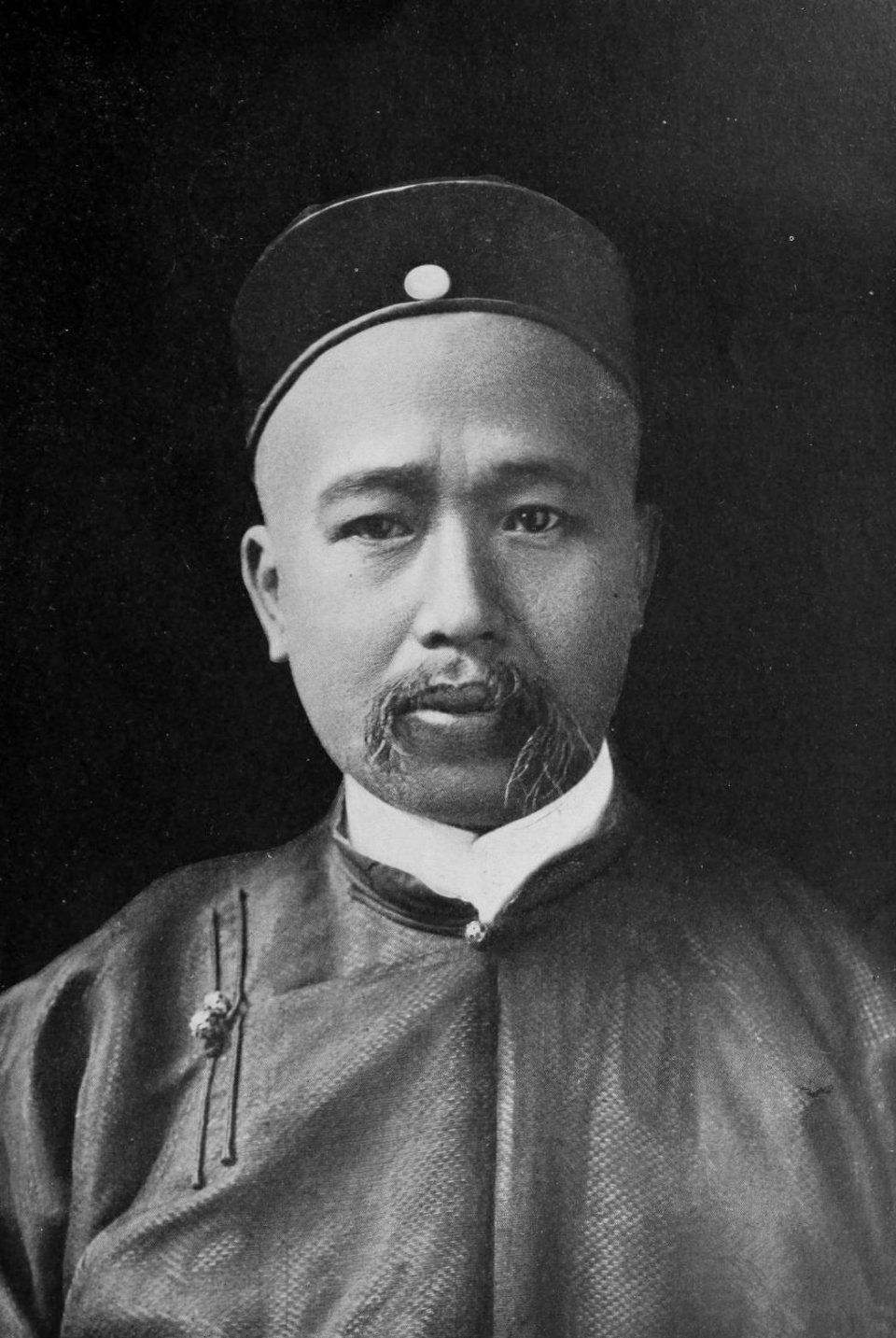
Brief Biography of Kang Youwei
Kang Youwei was an important politician, thinker, educator, and representative of bourgeois reformism in the late Qing Dynasty.
Kang Youwei (March 19, 1858 – March 31, 1927), was formerly known as Zuyi 祖诒, courtesy name Guangxia 广厦, art name Changshu 长素. He was also known as Mingyi 明夷, Gengshen 更甡, Xiqiaoshan 西樵山人, Youcunsuo 游存叟, and Tianyouhua 天游化人. He was born in Danzaosu village 丹灶苏村, Nanhai County 南海县, Guangzhou 广州, Guangdong Province 广东省, and was called Kang Nanhai 康南海.
Kang Youwei was born in a feudal bureaucratic family and began to contact with western culture in the 5th year of Guangxu 光绪 (1879). In the 14th year of Guangxu (1888), Kang Youwei once again went to Beijing 北京 to participate in the Shuntian 顺天 Township examination. He took the opportunity to write to Emperor Guangxu for the first time to ask for reform, but he was blocked. After the 17th year of Guangxu (1891), WanMu Caotang 万木草堂 was established in Guangzhou to accept students and give lectures.
In the 21st year of Guangxu (1895), it was learned that the Treaty of Shimonoseki 马关条约 was signed, and more than 1300 jurors were united to write tens of thousands of words, that is, the “Joint Petition of Imperial Examination Candidates to the Emperor 公车上书”. In the 24th year of Guangxu (1898), he began to carry out the reform movement of 1898 戊戌变法. After the failure of the reform, he fled to Japan, claiming to hold the imperial edict of the emperor. He organized the Emperor Protection Association 保皇会, advocated enlightened autocracy, and opposed the revolution.
After the 1911 Revolution, as the leader of the Emperor Protection Association 保皇会, he opposed the Republic and always planned the restoration of Puyi 溥仪. In the 6th year of the Republic of China (1917), Kang Youwei and Zhang Xun 张勋 launched the restoration and supported Puyi to ascend the throne. Soon after, they were defeated by Duan Qirui 段祺瑞, the Prime Minister of the Beiyang government.
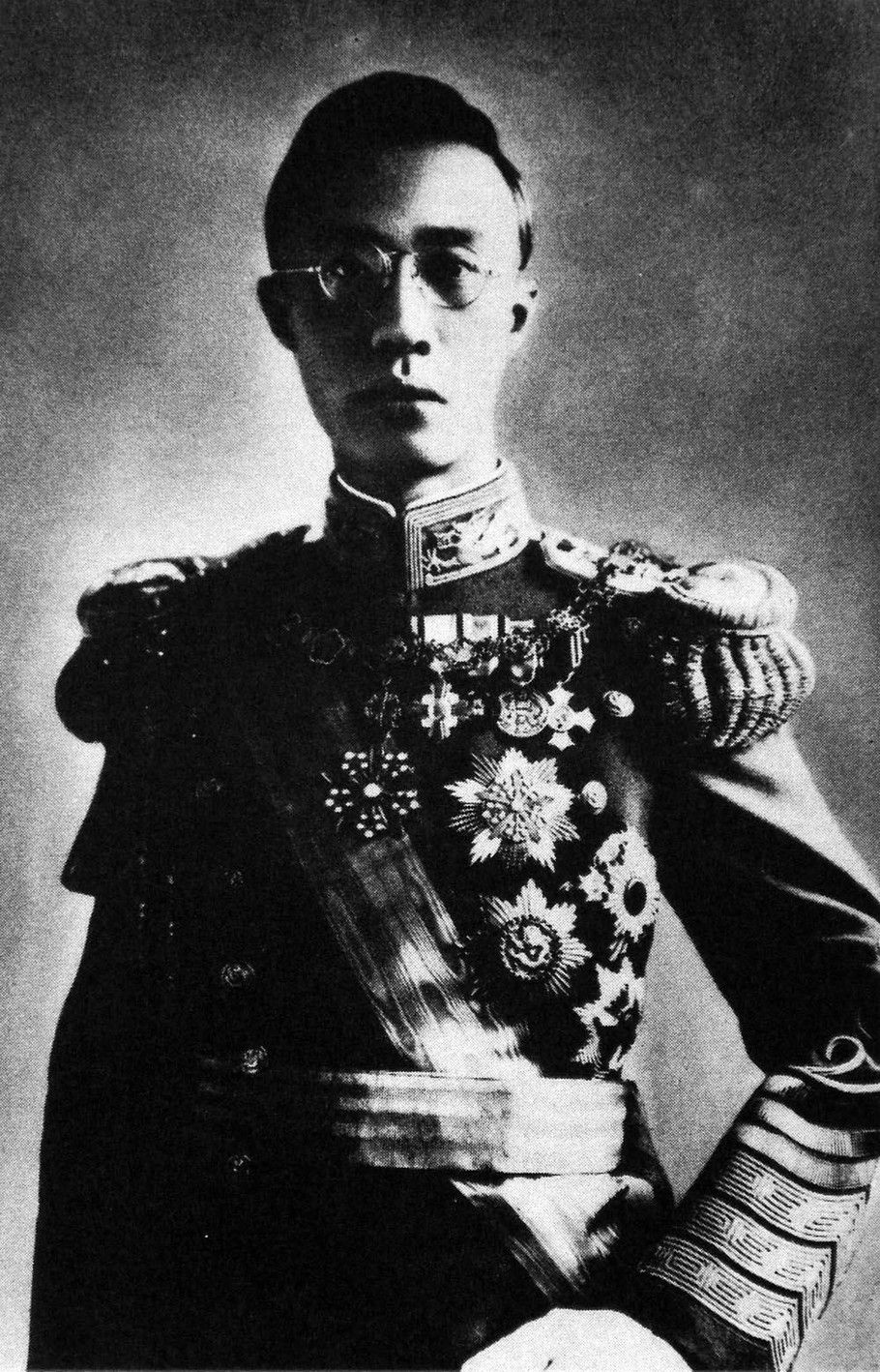
In his late years, Kang Youwei always declared his loyalty to the Qing Dynasty 清朝. After Puyi was expelled from the Forbidden City 紫禁城 by Feng Yuxiang 冯玉祥, he went to Tianjin 天津 and visited Puyi’s Jingyuan 静园.
In the 16th year of the Republic of China (1927), he died of illness in Qingdao 青岛.
Personal Life and Major Contributions
Joint Petition of Imperial Examination Candidates to the Emperor 公车上书
On March 23, the 21st year of Guangxu (1895), the Qing government and Japan signed the Treaty of Shimonoseki 马关条约, which was a humiliation to the country. The crisis of partition was even more imminent. Kang Youwei took advantage of the opportunity to attend the examination in Beijing and joined hands with candidates from 18 provinces to jointly petition on May 2 and launch the “Joint Petition of Imperial Examination Candidates to the Emperor 公车上书”.
It is believed that the reform focuses on enriching the country, supporting the people, and educating the people. This is Kang Youwei’s second submission, and also the first act of the reformists formally entering the political arena.
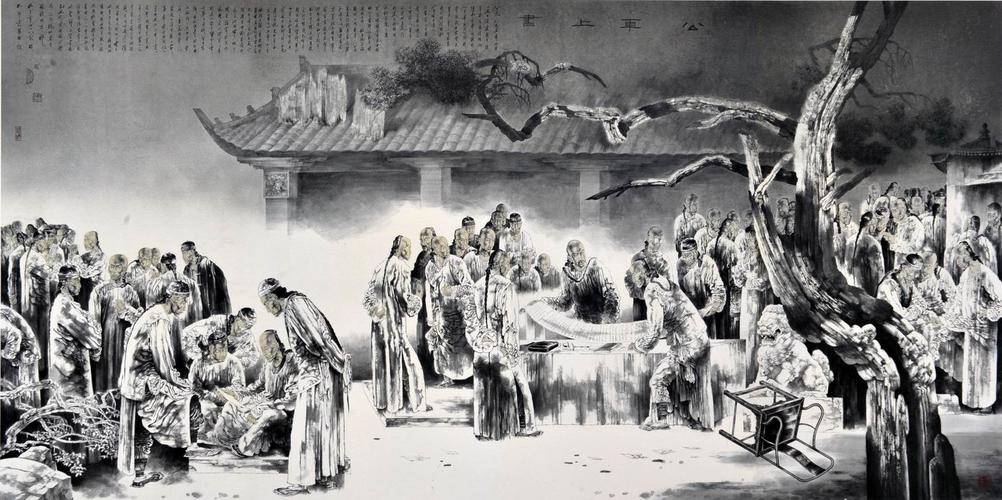
The “Petition” was refused to be presented, and Emperor Guangxu did not see it. Soon after the announcement, Kang Youwei was awarded a scholar and was awarded the chief of the Ministry of work. On May 6 of the same year, Kang Youwei submitted a petition for the third time, which proposed the steps of reform and pointed out that there were four ways to improve oneself and eliminate shame: enriching the people, supporting the people, teaching and training the troops.
In the 23rd year of Guangxu (1897), Germany forcibly occupied Jiaozhou Bay 胶州湾, and Kang Youwei wrote again to ask for reform. Before the reform movement of 1898, Kang Youwei wrote two monographs on the history of the Meiji Restoration 明治维新. One is the Japanese bibliography, which was published by the Shanghai Datong Translation Bureau 上海大同译书局 in the winter of the same year. The other is “a study of Japan’s political change 日本变政考” found in the Palace Museum 故宫博物院.
The reform movement of 1898 戊戌变法
During the “100-day reform 百日维新” period, the struggle between the old and the new was extremely acute. Kang Youwei, Song Bolu 宋伯鲁, and Yang Shenxiu 杨深秀 fought back. However, the Queen party held real power in military and political affairs, while Emperor Guangxu only had the power to draft an imperial edict.
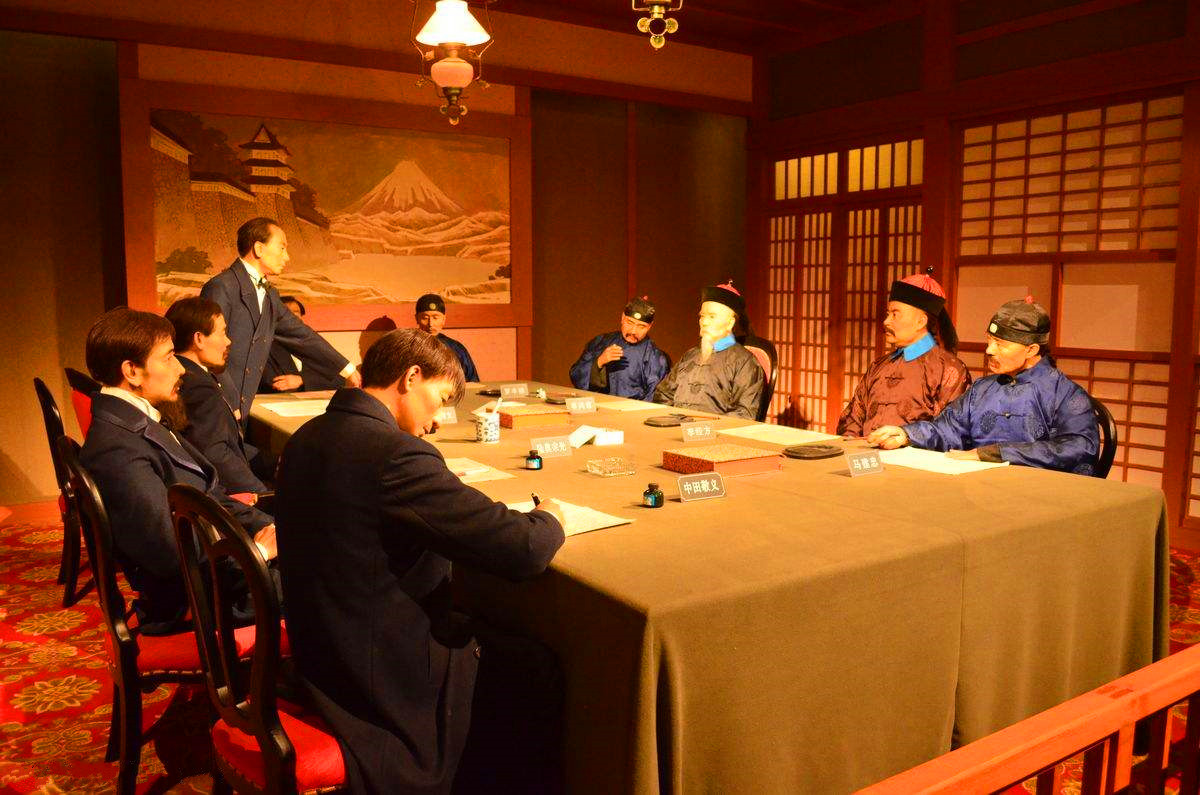
In mid-July, the Queen party Huaitabu 怀塔布 and Yang Chongyi 杨崇伊 successively went to Tianjin to see Ronglu 荣禄 and plotted a coup to overthrow the new deal. Emperor Guangxu issued two “secret edicts” one after another, fearing that he would not be able to secure his position, and explicitly told Kang Youwei to go to Shanghai quickly without hesitation. On the fifth day of August (September 20), Kang Youwei left Beijing and went south. On the next day, Empress Dowager Cixi 慈禧 again issued “Xunzheng 训政”, and the 1898 coup took place.
The life of his later years
In the 12th year of the Republic of China (1923), Kang Youwei moved to Qingdao and bought a house to live in. He named his house “Tianyou garden 天游园”. Later, several of his children also lived here when they studied in Qingdao. When he first lived in Qingdao, he intended to build a university and drafted the university charter. In his later years, he wrote many poems about the beautiful scenery of Qingdao. Some of his poems and inscriptions have become part of Laoshan 崂山 Scenic spots.
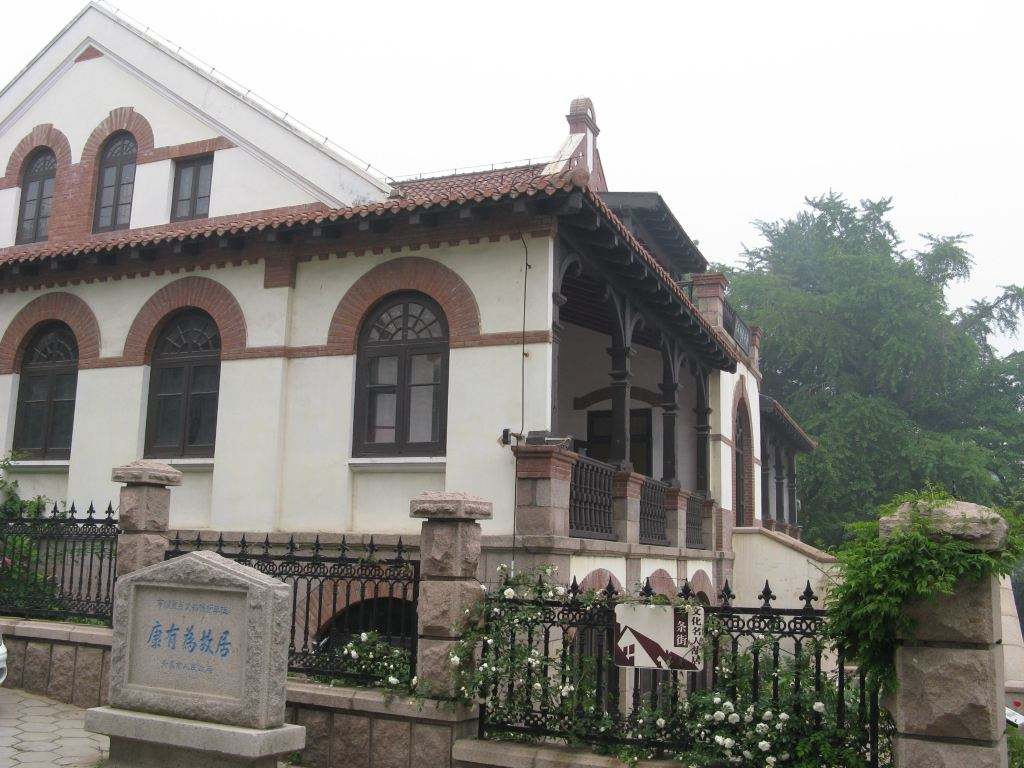
On February 26, the 16th year of the Republic of China (March 29, 1927), Kang Youwei went to the home of a fellow townsman in Guangdong. He went home and drank a cup of lemon black tea. His abdominal pain was like wringing. He asked two doctors for a diagnosis. One Japanese doctor diagnosed food poisoning.
Twenty hours later, he died at 5 a.m. on February 28, the 16th year of the Republic of China (March 31, 1927). Kang Youwei passed away when the Northern Expedition army entered Jiangsu 江苏 and Zhejiang 浙江.







